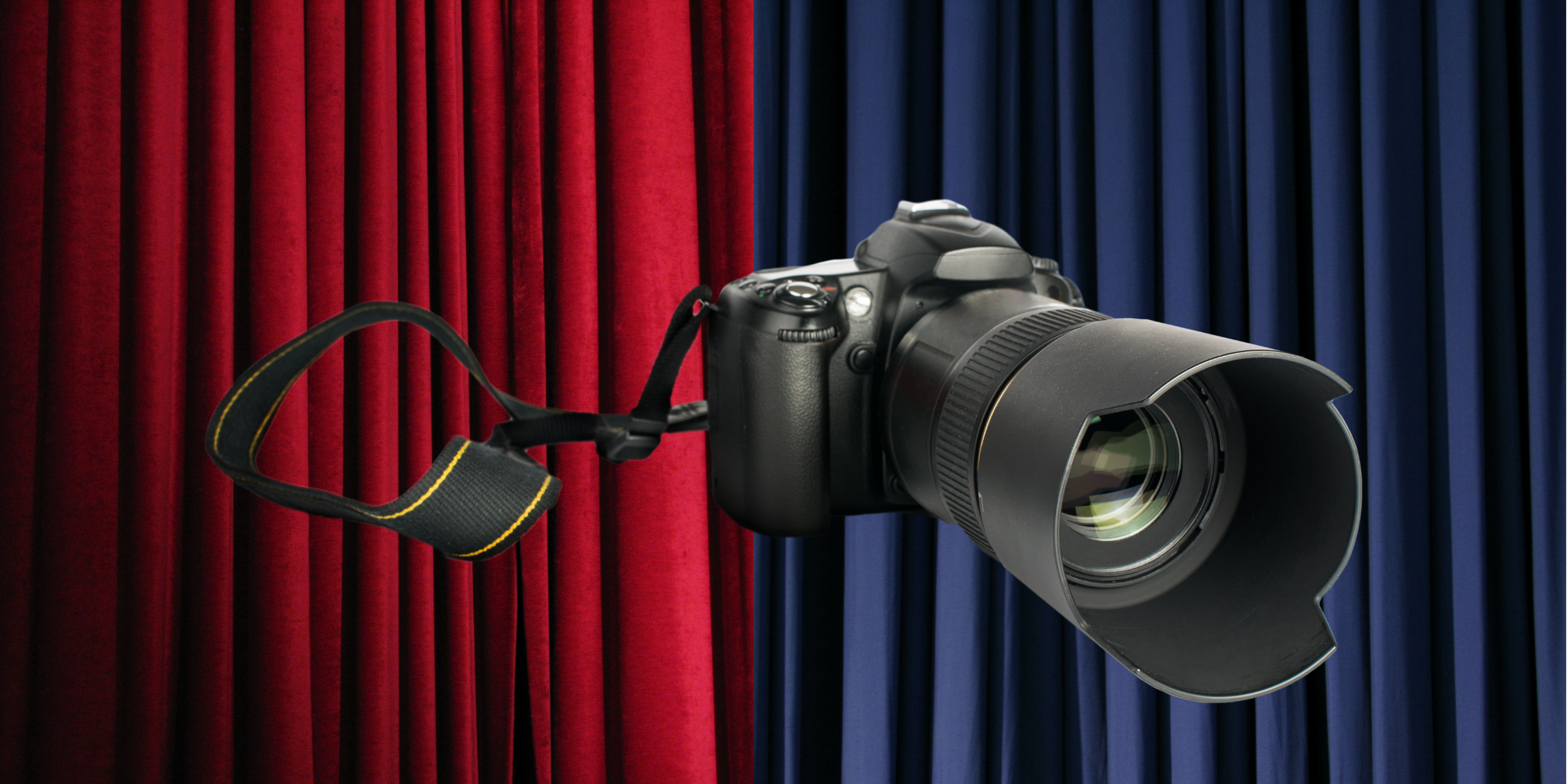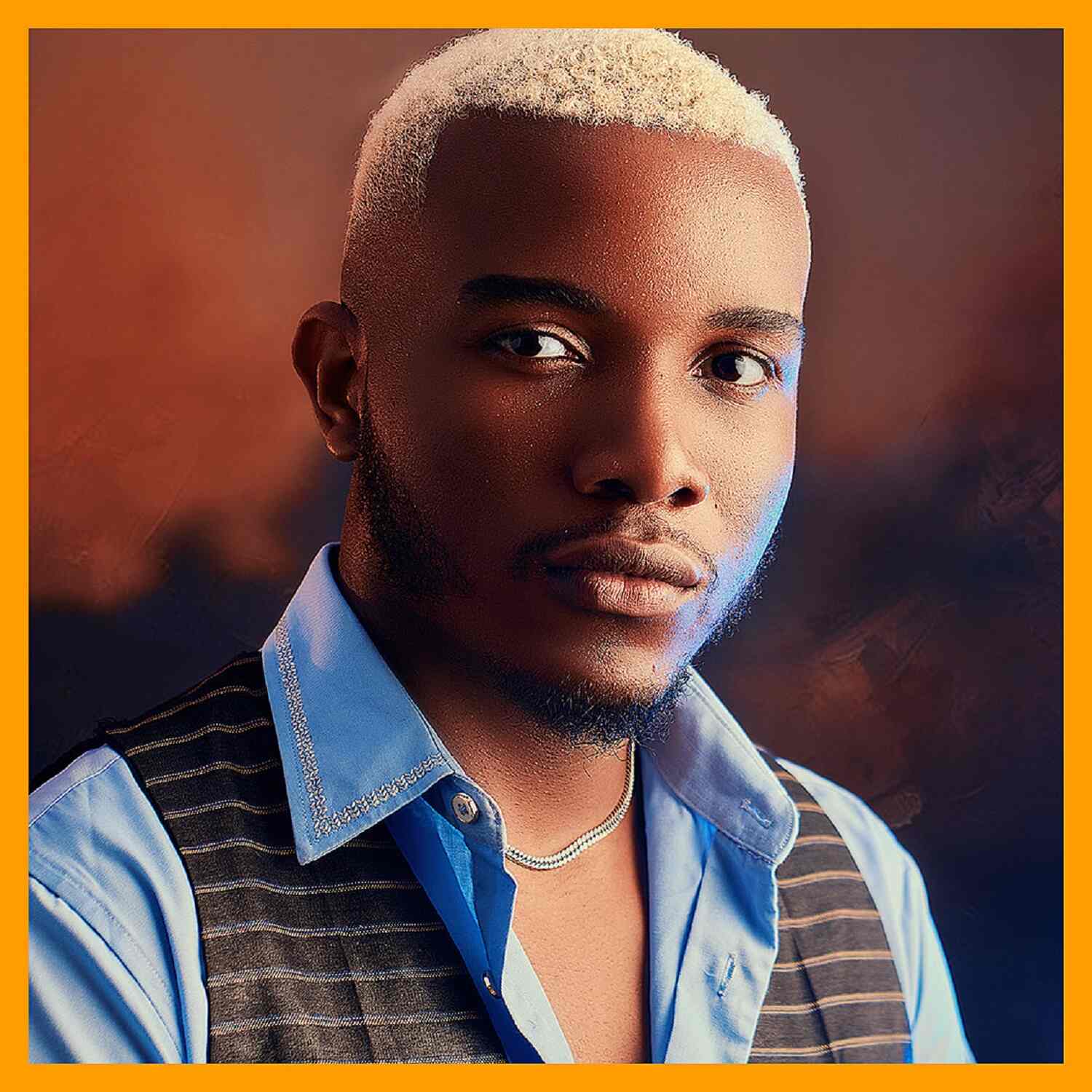To the photographer’s audience, all that makes a good picture is a good camera and other photography equipment. However, backdrops are just as important as all the other equipment a photographer has, especially for studio photography. Backdrops are like an artist’s canvas – the medium on which the art is made. For this reason, the artist must have several canvases which he can work with. The same is true for the photographer.
Whether you’re a photographer shooting people, animals, or products in your studio, a good backdrop is essential to capturing the best images. Backdrops are important because:
- It helps to remove any distractions for the photographer and the subject
- The photographer has a lot of creative freedom with a backdrop.
This also means that, like an artist, a photographer has to select the best backdrops that will allow them to work effectively. Selecting backdrops has to be done deliberately and with proper research. Also, a photographer’s backdrops can sell the photographer’s personality and style, which is another reason why backdrop selection is very important.
Selecting a backdrop may seem like a relatively simple task. However, there are many kinds of backdrops to select from, made from different kinds of materials and of different sizes and patterns. This means that your selection of backdrops has to be done with the following in mind:
- What material offers the best effect?
- Which photography backdrops will work best for you?
- How big is your studio?
- What kind of clientele do you have?
Slie of Meaches Photography, a photographer based in Lagos has been a studio portrait photographer for most of his career. He uses a lot of backdrops in his shots and is quite the authority when it comes to using them.
Slie believes that backdrops pull the focus of the viewer, so it’s something that photographers cannot afford to do without in their studios. “A backdrop determines how your image comes out: the outfits, the props, and everything that you measured up to get an image is enhanced by a good backdrop,” Slie says.
Slie also notes that product shoots especially are heavily dependent on backdrops. “When it comes to portrait photography, studio photography and product photography, backdrops are very important. Especially in product photography for clothes, shoes, or any kind of product.
“A white background is the recommended backdrop for product photography, but if you want to be creative about it, you can mix it up with different colours or textures. On a scale of 1-10, backdrops score an 8 in studio photography set ups,” Slie says.
Backdrops are of many kinds: synthetic, canvas-type, seamless/paper backdrops, and so on. Slie says he works a lot with synthetic and paper backdrops a lot, and his decision usually depends on his client’s skin tone, outfit and shoes colour, and the light setup for his shoot. This is his winning formula for putting out the kinds of photos he does, which keeps clients coming back to his studio and booking him for events.
It is important to conduct extensive research on backdrops so that you won’t look like a rookie photographer to your potential clients.








